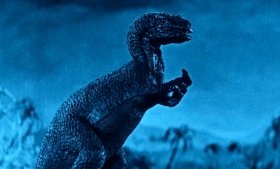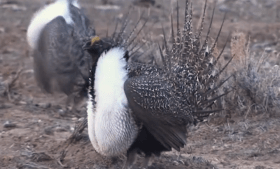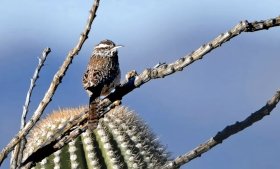News & Stories
The stories of the Faculty of Arts and Sciences: the achievements and activities of our faculty, departments, and programs.
Search & Filter
Applied Filters:
-
Yale astronomers show how the long-term evolution of binary star systems with two planets and two stars can produce something rare: double hot Jupiters.

-
This message announces the winners of the 2024-25 Heyman and Greer prizes for scholarship. Congratulations to the honorees!
-
In a new study, Yale's Priyamvada Natarajan and other astronomers predict the new Roman telescope will elevate the ability to study dark matter.

-
A Yale-led research team offers a detailed look at the inner workings of a “jellyfish” galaxy hundreds of millions of light-years away.

-
In the latest “Rose Walk and Talk,” Yale paleontologist Bhart-Anjan Bhullar shares his thoughts — just in time for the next “Jurassic World” movie — on which dinosaurs would have been most aggressive around humans.

-
The Faculty of Arts and Sciences this week recognized Priyasha Mukhopadhyay, Samuel McDougle, and Junliang Shen for scholarly achievements in their respective fields.

-
A new Yale study advances the ability of genome engineers to edit multiple DNA sites by threefold, and helps prevent unwanted mutations in the process.

-
Using cutting-edge statistical modeling, Yale researchers examined mating success rates among one prairie bird — and found that females are more attracted to dance moves than aggressive fighting.

-
While birds are better able than most species to relocate in response to climate change, the environment is changing faster than they can fly, a new Yale study finds.

-
Each of us must make the case for what universities contribute and for what is at stake if we fall behind as a nation in education, research, and scholarship.